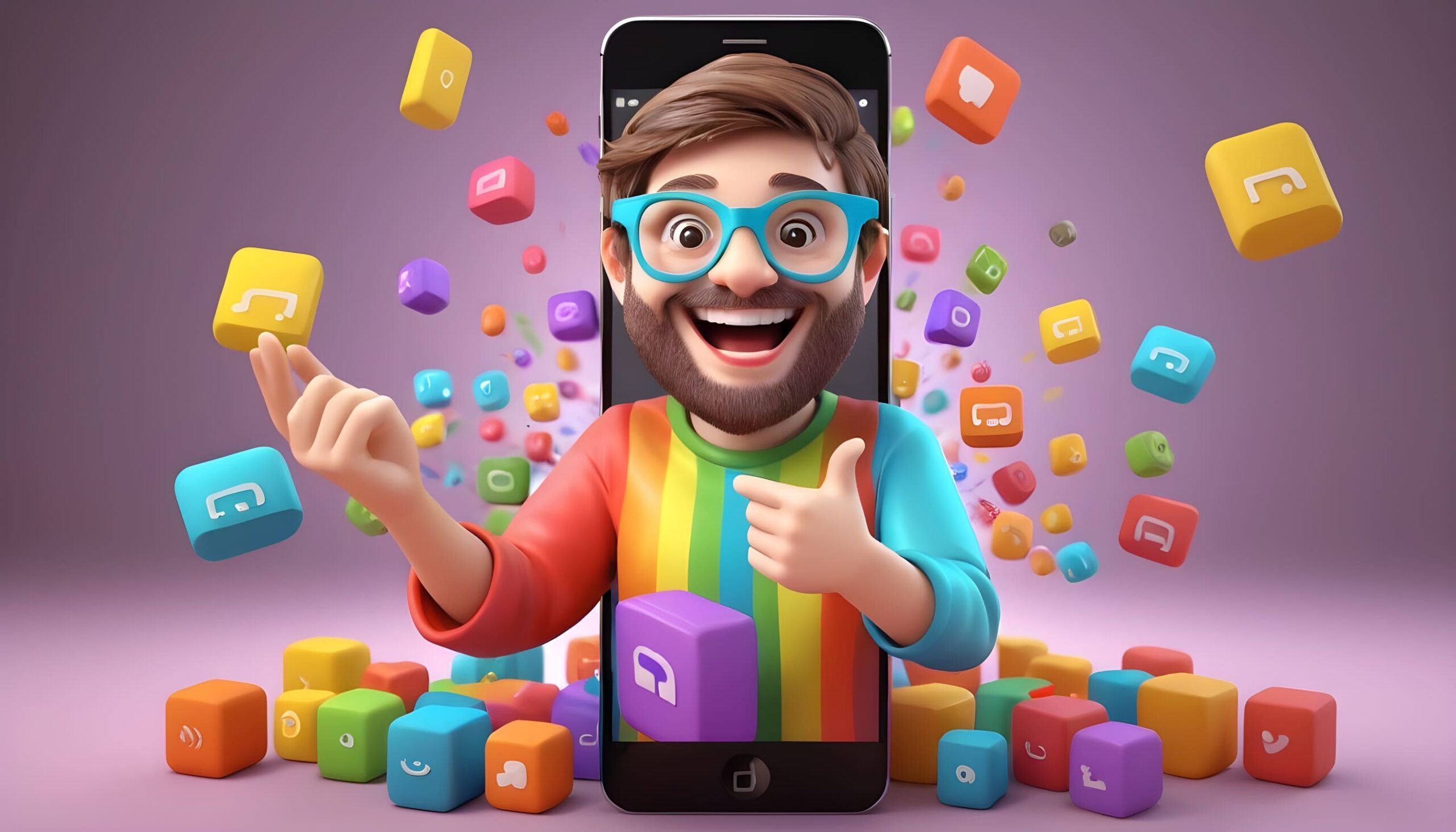The Psychology Behind User Experience – How to Design for Emotion
Mar 14, 2024

In the dynamic realm of UI/UX design, understanding the psychological underpinnings of user experience is a game-changer. It’s not just about creating a visually appealing interface; it’s about evoking the right emotions to make the user journey unforgettable. This intricate dance between psychology and design can transform a good product into a great one, fostering a deeper connection between the user and the digital world. Let’s dive into the heart of designing for emotion and uncover how to harness psychological principles to elevate your UI/UX designs.
At its core, emotional design seeks to elicit a positive emotional response from users. It’s about crafting experiences that resonate on a personal level, making them feel understood, valued, and connected. This approach leverages the fact that emotions significantly influence decision-making and brand perception. By tapping into the user’s emotional state, designers can create more engaging, persuasive, and memorable experiences.
Donald Norman, a pioneer in the field of design, identifies three levels of emotional design: visceral, behavioral, and reflective.
Visceral Design targets the user’s initial, instinctual response to a product. It’s about the immediate impression made by the look, feel, and sound of the design. This level is where aesthetics play a crucial role, as they can instantly evoke emotions and set the tone for the user experience.
Behavioral Design focuses on the usability and functionality of a product. It’s concerned with how things work, how easy they are to use, and how satisfying they are to interact with. When a product is intuitive and efficient, it can make users feel competent and in control, leading to a positive emotional experience.
Reflective Design involves the user’s reflective response, encompassing personal significance and the meaning they derive from their interaction with the product. This level is about the stories users tell themselves and others about their experiences, which can influence long-term emotional attachment and brand loyalty.
To design for emotion effectively, integrating psychological principles into your design process is essential. Here are key strategies to consider:
Understand User Needs and Emotions: Conduct user research to gain insights into your target audience’s emotional drivers. This understanding can guide the design process, ensuring that the product resonates with users on an emotional level.
Use Color Psychology: Colors have the power to evoke specific emotions and reactions. Choose a color scheme that aligns with the emotional tone you want to set for your product. For instance, blue can evoke trust and stability, while orange can convey enthusiasm and excitement.
Incorporate Microinteractions: Microinteractions are small, engaging interactions that delight users and enhance their emotional experience. They can convey personality, provide feedback, and make the user journey more enjoyable and rewarding.
Design for Usability: A user-friendly design reduces frustration and enhances satisfaction. Ensure your interface is intuitive, with clear navigation and easy-to-use features. A positive behavioral experience can lead to a positive emotional response.
Create Meaningful Content: Content that speaks directly to users’ needs and emotions can strengthen their connection to your product. Use storytelling, personalized messages, and emotive language to make your content resonate on a deeper level.
Foster Community and Connection: Design features that encourage interaction and community-building can create a sense of belonging and emotional investment in your product. Features like user forums, social sharing, and personalized recommendations can enhance the reflective level of emotional design.
Designing for emotion goes beyond creating a pleasant user interface; it’s about designing a holistic experience that speaks to users’ hearts and minds. When done right, emotional design can:
The intersection of psychology and UI/UX design offers a rich landscape for innovation and creativity. By understanding and designing for the emotional dimensions of user experience, designers can create products that not only meet functional needs but also touch users’ lives in meaningful ways. In the ever-evolving world of design, those who master the art of emotional design will lead the way, creating experiences that are not just usable, but truly unforgettable.
© 2025 Engineer Sahab Education. All rights reserved.